Essential lab apparatus for a physics lab
To set up physics lab apparatus for secondary schools, check the exhaustive list given below-
Physics lab apparatus- Optics
Lenses (Concave and Convex) with Optical Bench
Lenses focus or disperse light rays, with concave lenses diverging light and convex lenses converging it. An optical bench helps measure focal lengths and study lens behavior, therefore maintaining accuracy.


Glass Prism
A glass prism disperses light into its spectrum by refraction and total internal reflection. Therefore, it demonstrates phenomena like dispersion and refraction in optics experiments.
Physics lab apparatus- Electricity and Magnetism
Ammeter
An ammeter measures electric current in a circuit. It is connected in series with the circuit components and is calibrated in amperes.

Voltmeter
A voltmeter measures the potential difference (voltage) across components. Therefore, it is connected in parallel to the circuit and calibrated in volts.

Galvanometer
A galvanometer detects small electric currents through its deflection, proportional to the current’s strength.

Iron Filings
Iron filings visually demonstrate magnetic field lines when sprinkled around magnets, making magnetic field patterns observable.
Compass
A compass indicates the direction of Earth’s magnetic field. It is also used to detect local magnetic fields near magnets.

Bar and U-Magnet
Bar and U magnets generate magnetic fields with fixed poles. Therefore, they are used in experiments to study magnetism and magnetic interactions.

Multimeter
A multimeter measures voltage, current, and resistance. Additionally, it combines the functionality of an ammeter, voltmeter, and ohmmeter in one device.

Step-down Transformer
A step-down transformer reduces voltage from a higher to a lower level therefore adjustment in the number of turns between the primary and secondary windings is needed.
Daniell Cell
A Daniell cell is a galvanic cell that generates electricity through a redox reaction between zinc and copper in electrolytic solutions.

Physics lab apparatus-Simple Mechanics
Simple Pendulum
A simple pendulum consists of a mass (bob) suspended from a fixed point by a string. It oscillates under gravity and is additionally used to measure time periods and study periodic motion.
Spring Balance
A spring balance measures the weight of objects by the extension of its calibrated spring, proportional to the applied force.

Screw Gauge
A screw gauge measures small thicknesses or diameters with high precision by advancing a screw through a calibrated scale.
Vernier Calliper
A vernier caliper measures internal, external dimensions, and depths with high accuracy using a vernier scale.
Spherometer
A spherometer measures the curvature radius of spherical surfaces with a central screw and calibrated scale.

Stop Clock/Stop Watch
A stop clock or stopwatch measures time intervals in experiments with high precision.
Physics lab apparatus- Thermodynamics and Fluid Mechanics
Calorimeter
A calorimeter measures the heat transfer during chemical reactions or physical changes, helping study thermal properties.

Thermometer
A thermometer measures temperature using the expansion of a liquid (like mercury or alcohol) or digital sensors for precise readings.
Barometer
A barometer measures atmospheric pressure, aiding in weather prediction and understanding pressure effects.

Boyle’s Law Apparatus
Boyle’s law apparatus demonstrates the relationship between pressure and volume of a gas at constant temperature using mercury columns.

How to set up a physics lab for secondary schools
The CBSE syllabus for secondary education lists apparatus that are essential for setting up your secondary school physics lab equipment. Read the list of lab equipment listed below.
Materials for Furniture to setup Physics Lab Apparatus
The material of the furniture decides the longevity of your lab worktop. To find the perfect worktop for your physics lab apparatus, look at the options below-

Labkafe physics lab furniture featuring foldable doors on the base cabinets, allowing easy storage of long optical benches.
Medium-Density Fibreboard (MDF)
MDF is a dense engineered wood product made from wood fibers, wax, and resin. Therefore, it offers strength and is cost-effective but has poor resistance to water and moisture.
Ply Laminate Board
Ply laminate boards combine layers of wood and chemical-resistant coatings. They offer higher strength and water resistance than MDF. Additionally, an aluminum sheet can enhance durability.
Phenolic Board
Phenolic boards are durable, moisture-resistant, and chemical-resistant panels. Basically, it is made by bonding plywood with phenol resin and overlaid with a phenol film.
Epoxy Resin Board
Epoxy resin boards feature a protective epoxy layer therefore resisting chemicals, moisture, scratches, and high temperatures. Additionally, the coating prevents degradation of the base material.
Base Cabinets
Base cabinets store lab equipment and consumables beneath the worktop. Additionally, pre-storage practices and regular inventory checks are necessary for maintaining stock accountability and monitoring breakages.
Separate Storage for Optics, Electricity, and Other Kits
Dedicated storage for kits ensures organized and safe handling of physics lab apparatus related to optics, electricity, and mechanics.
Lab Furniture with Noiseless Hinges
Furniture equipped with noiseless hinges prevents distractions during experiments. It ensures smooth opening and closing of drawers and cabinets.
Water and Electricity Lines
Proper planning of water and electricity lines in labs minimizes risks of electrical shocks and water damage to sensitive equipment.
Fire safety
In addition to this, fire safety is important. A fire extinguisher is essential for laboratory safety. It quickly suppresses small fires, reducing risks. Regular maintenance and training ensure readiness during emergencies.
Expert physics lab apparatus setup
At Labkafe, we provide expert guidance on choosing the right physics lab apparatus, furniture, and materials tailored to your secondary school physics lab. Whether it’s safety essentials, storage solutions, or durable worktops, we’ve got you covered. Contact our lab experts today for a FREE lab planning consultation!
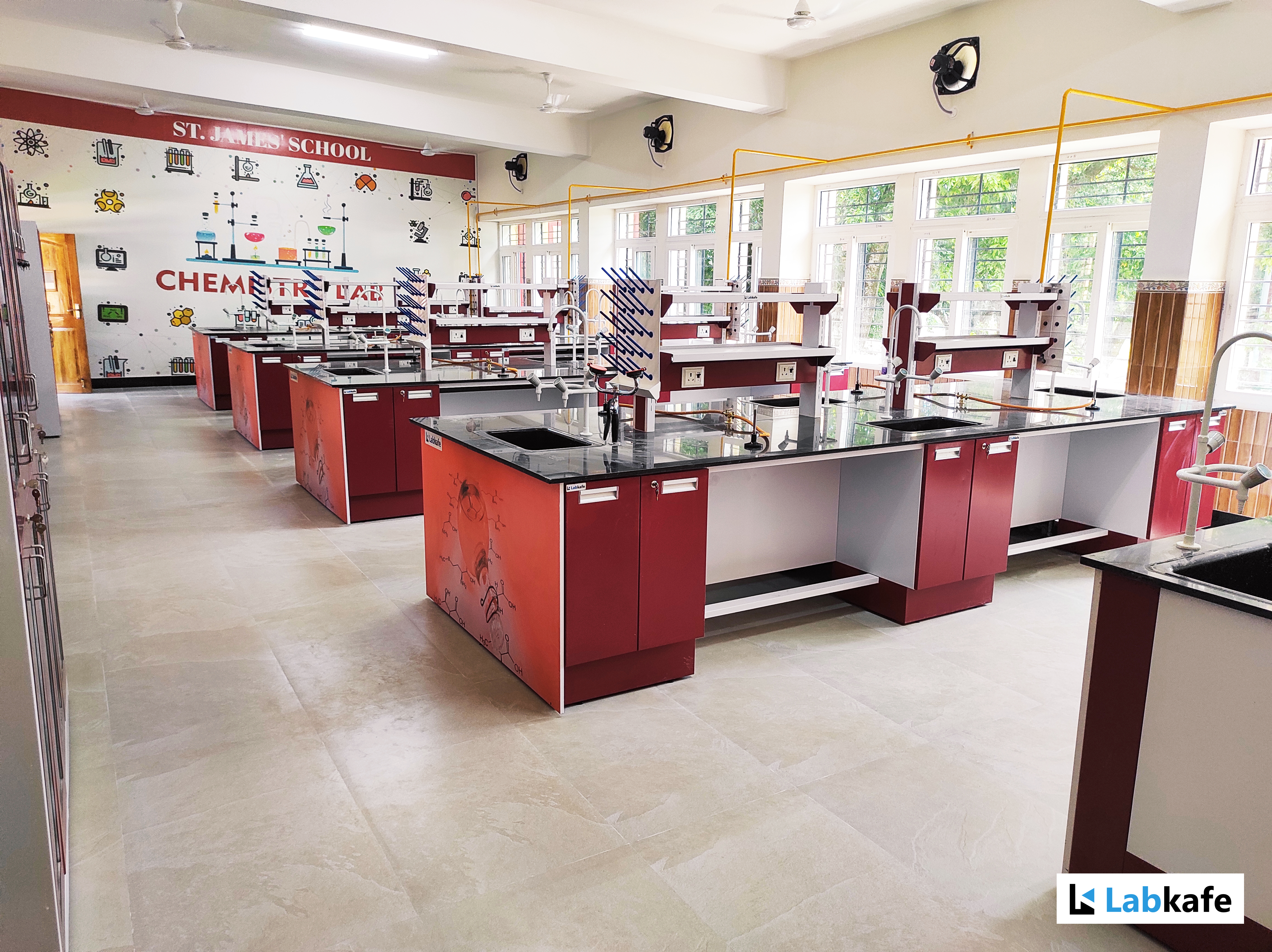

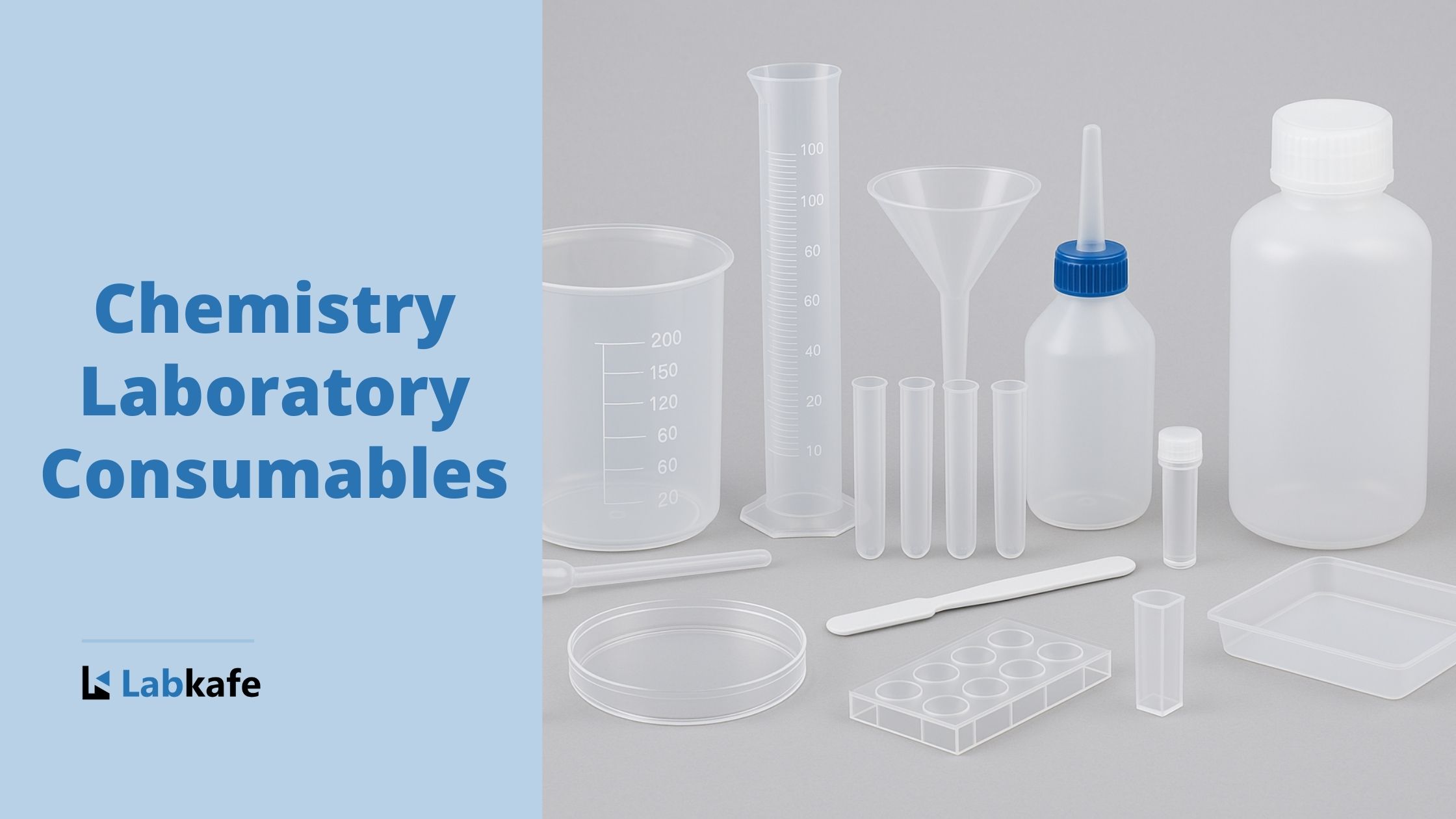
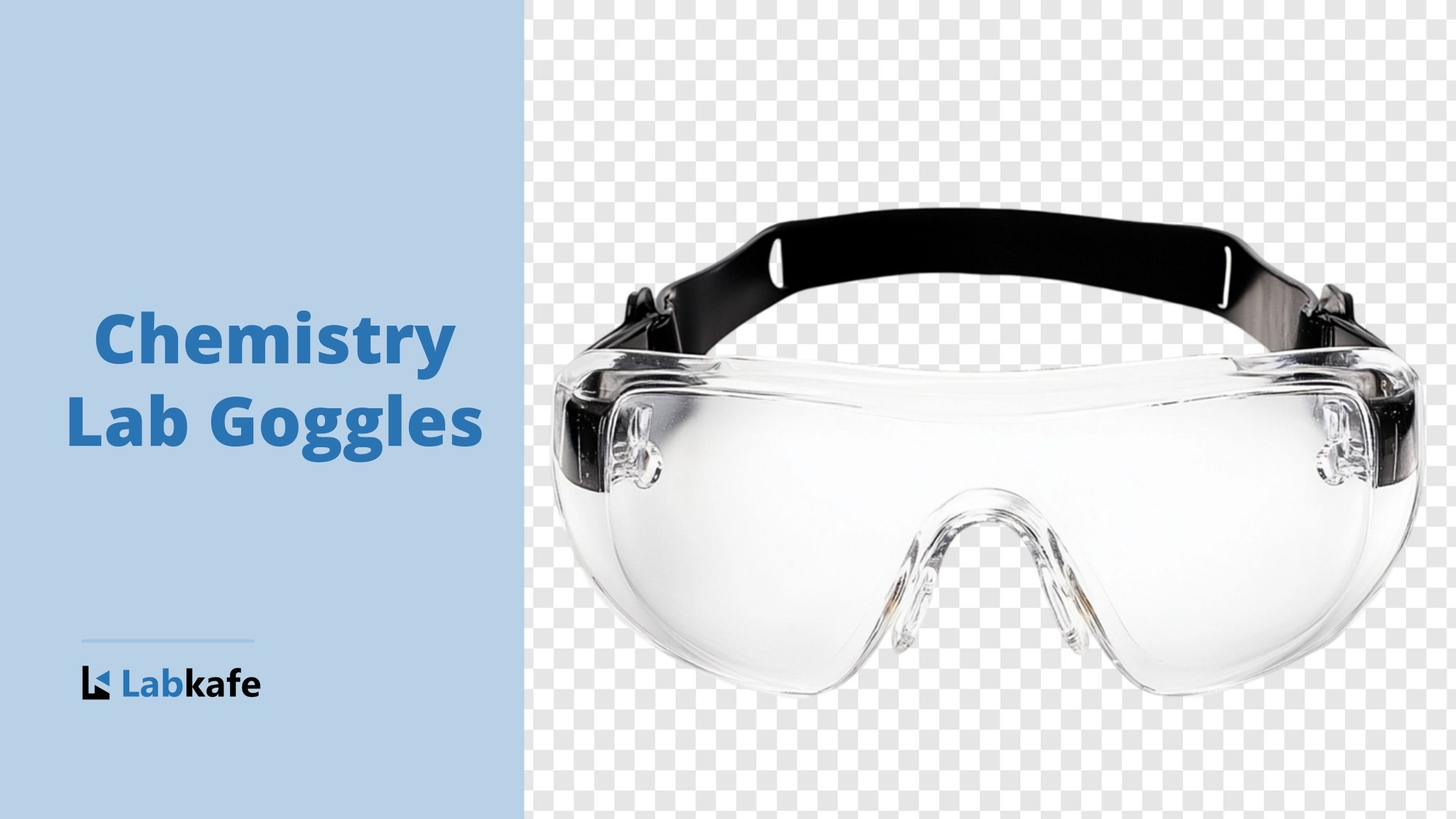
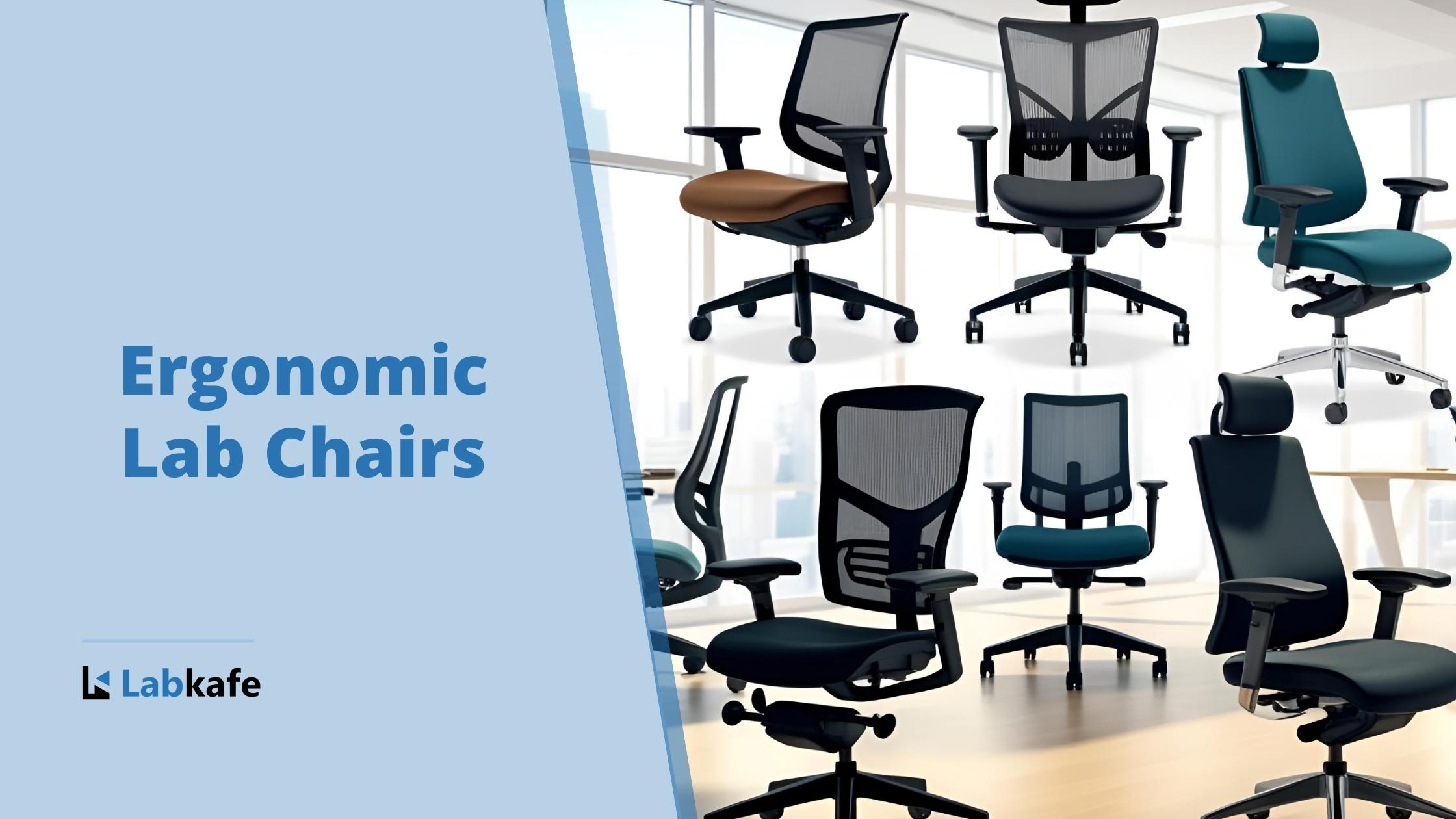
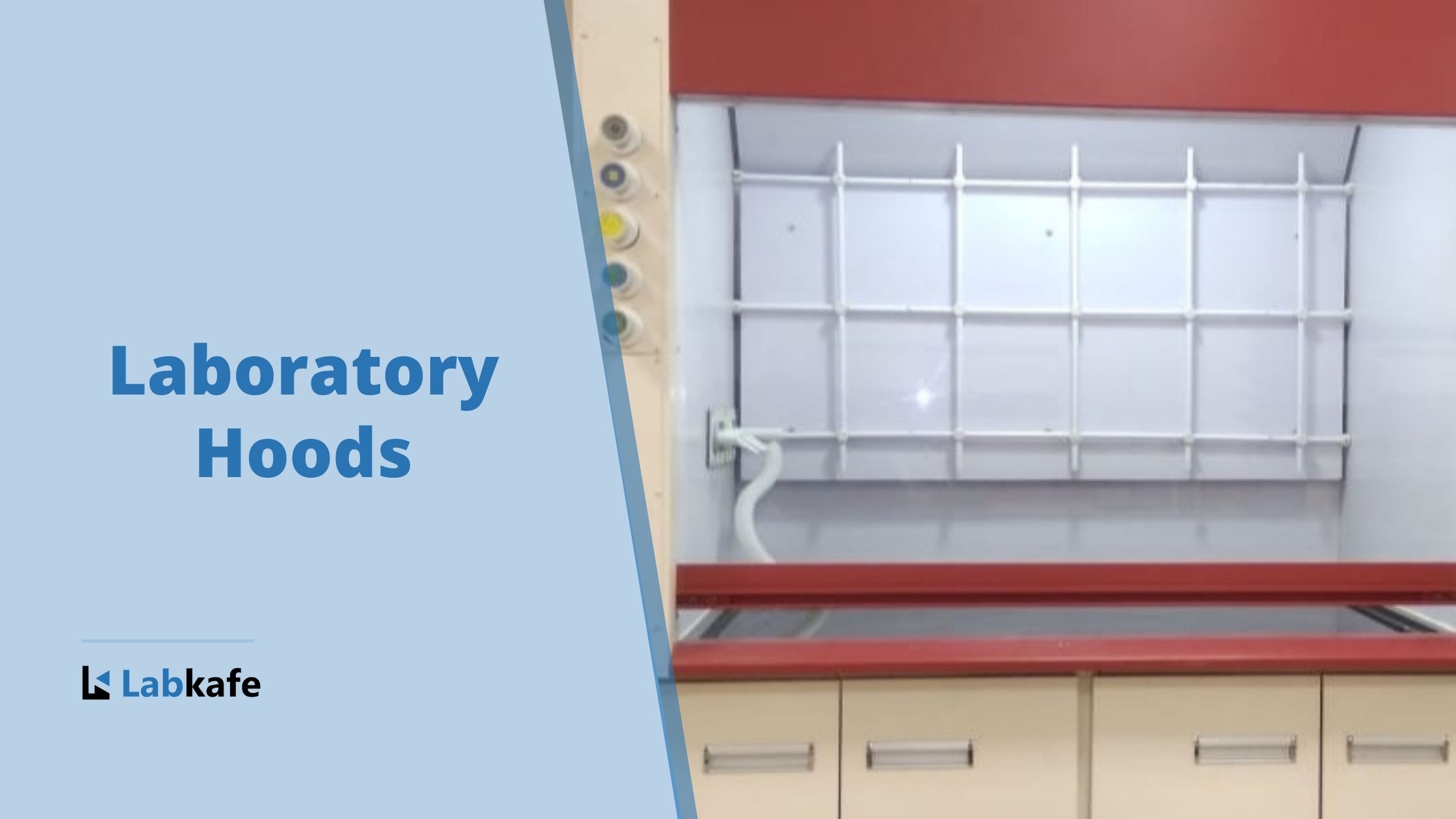
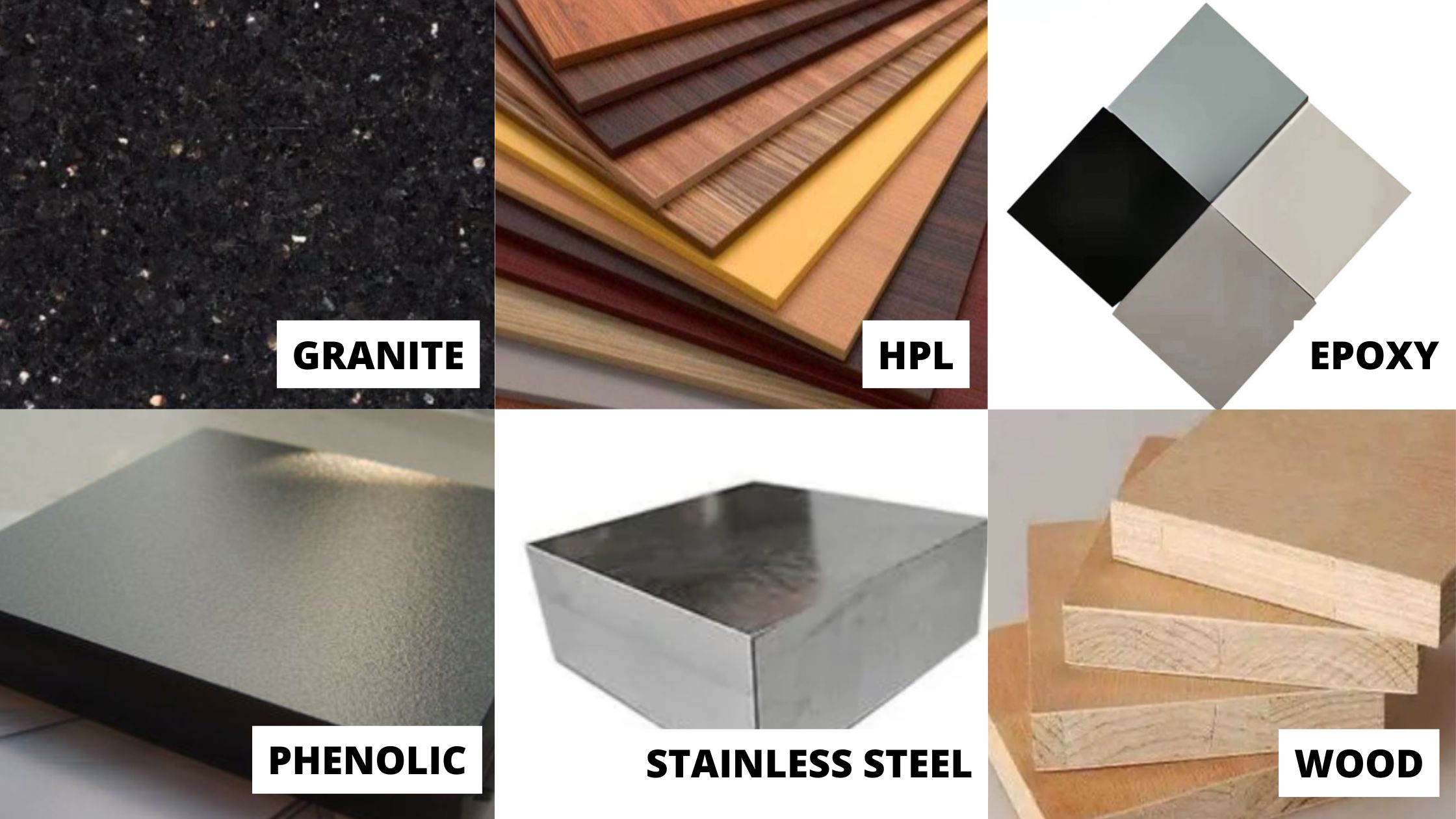
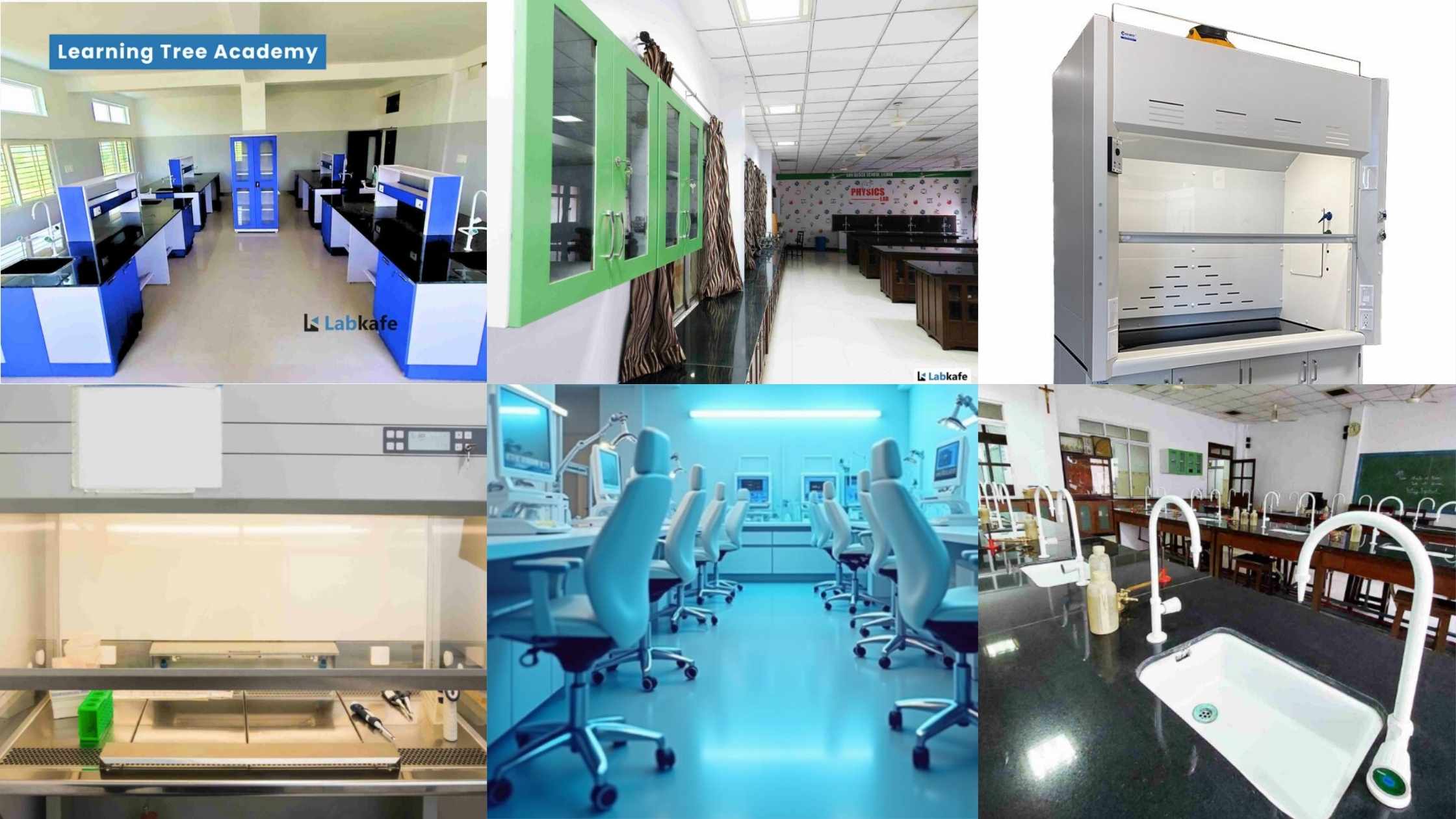
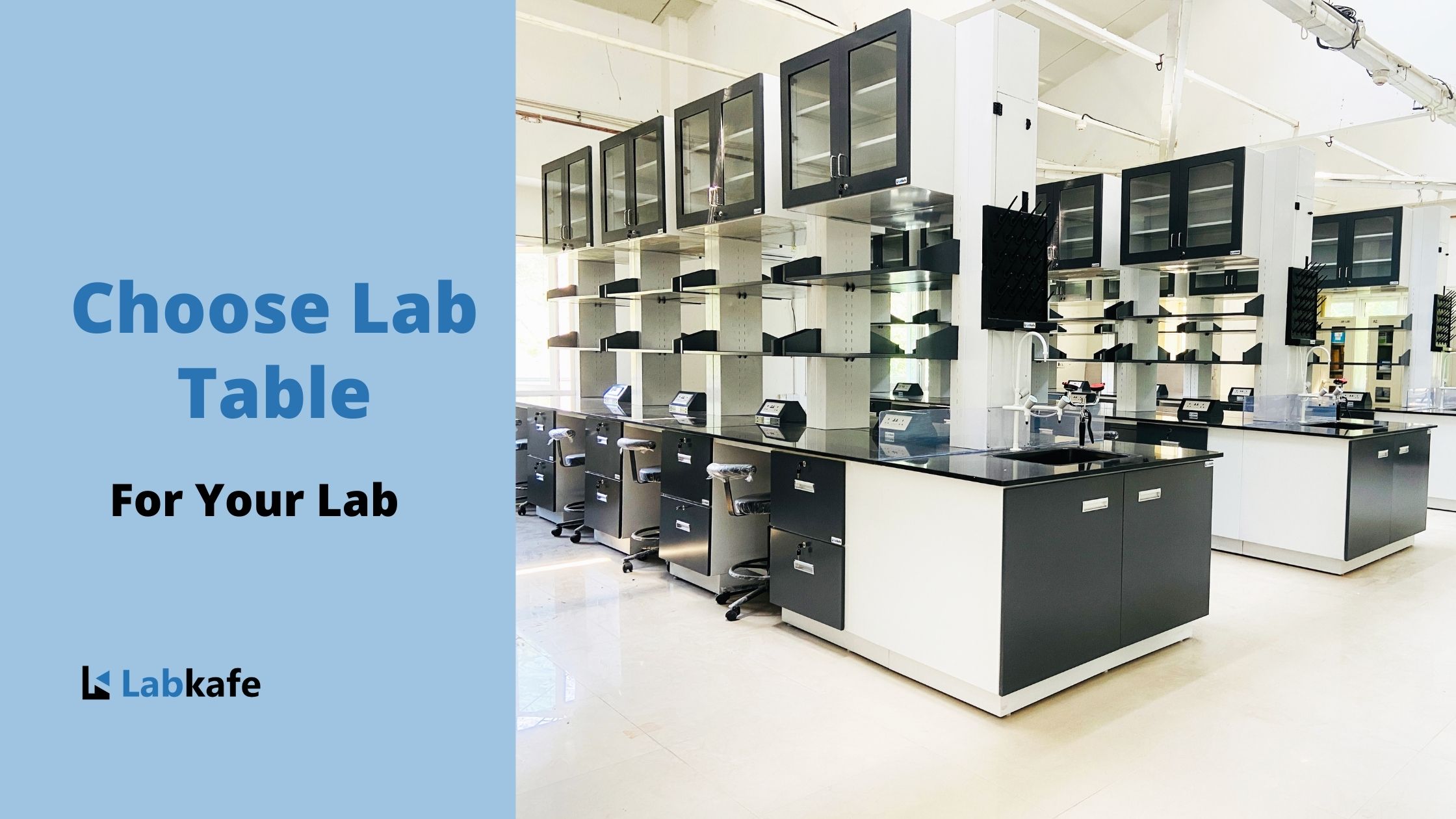
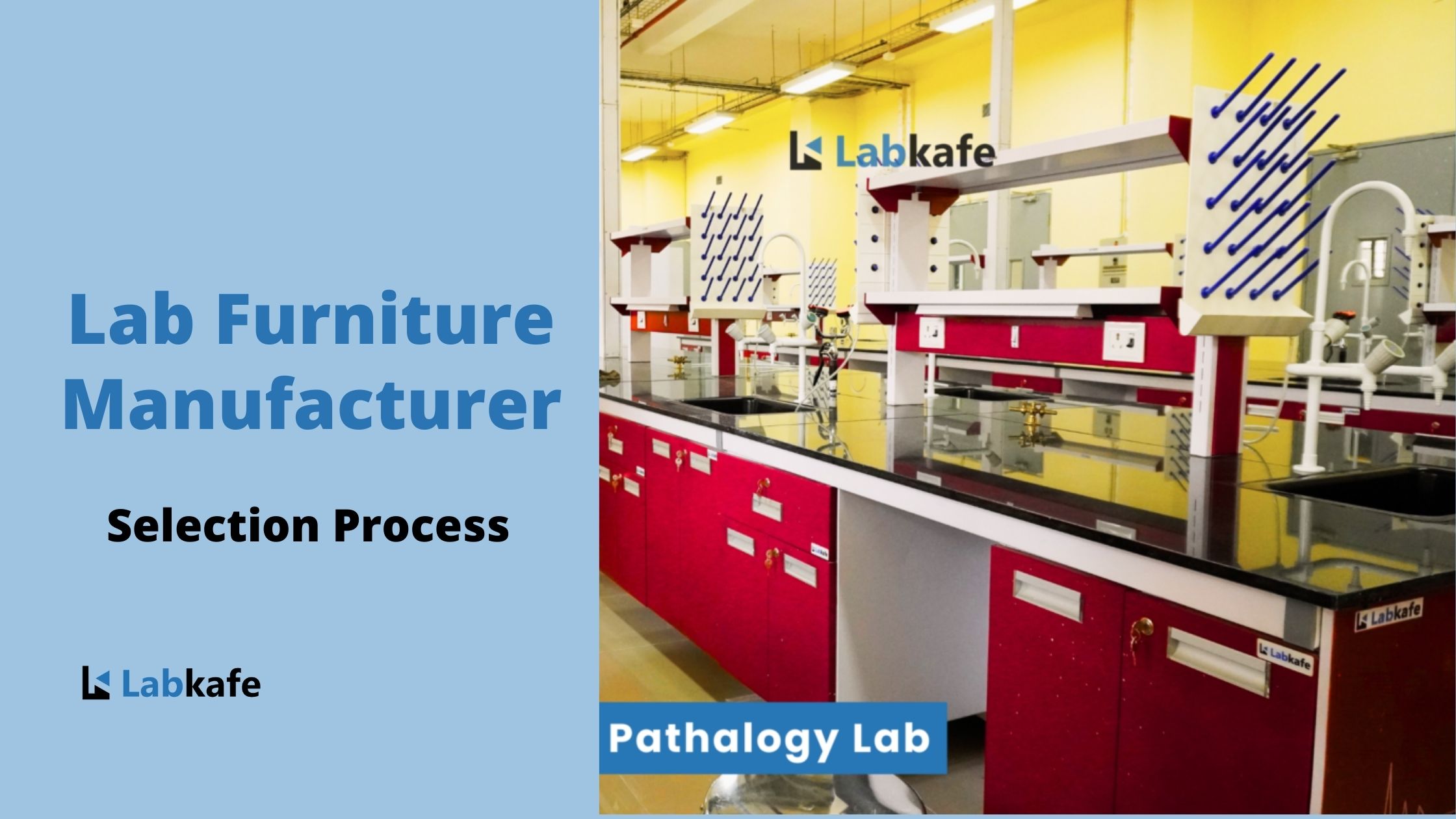
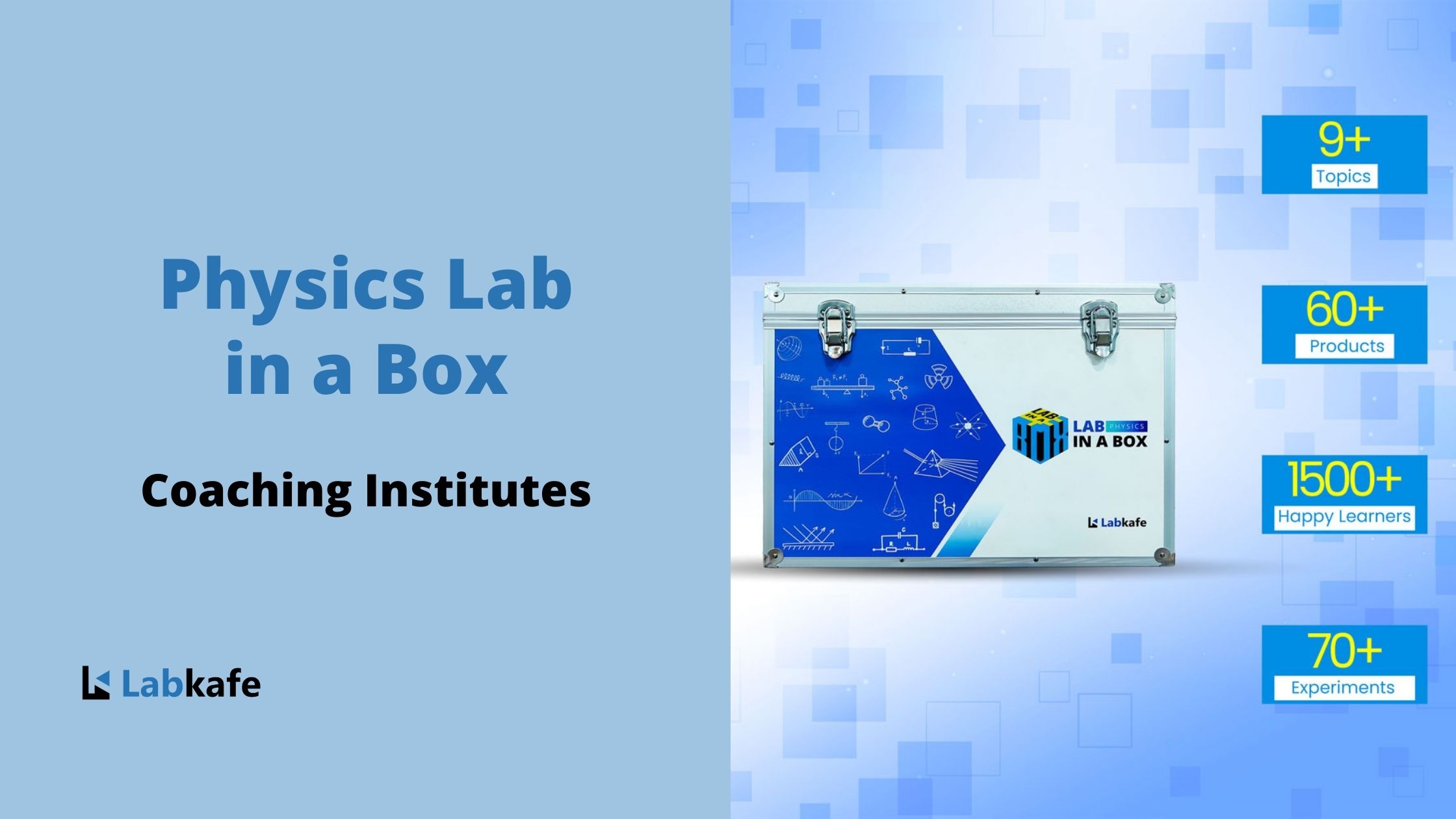
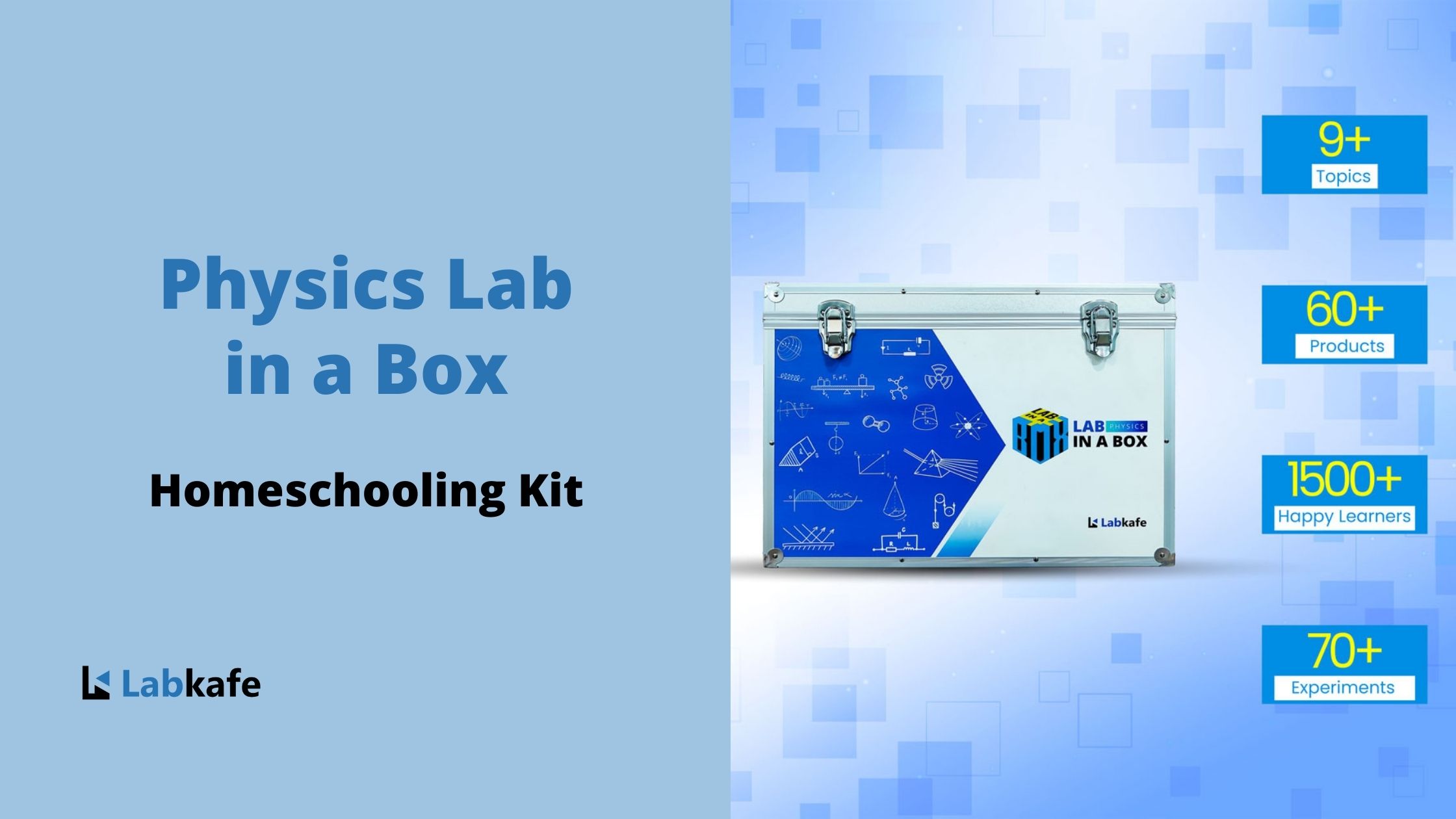
Leave a Reply